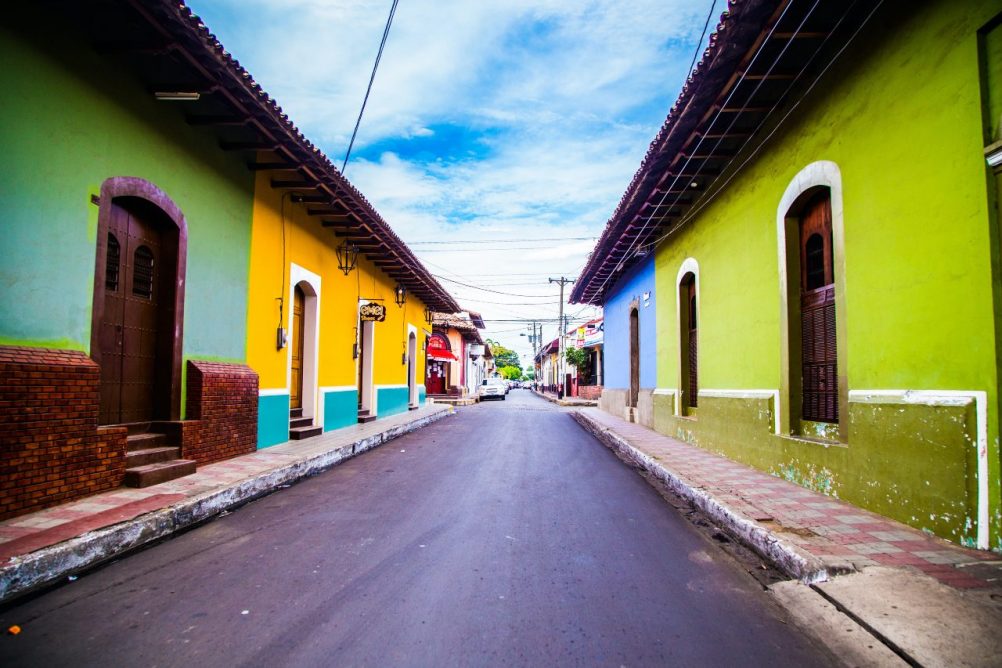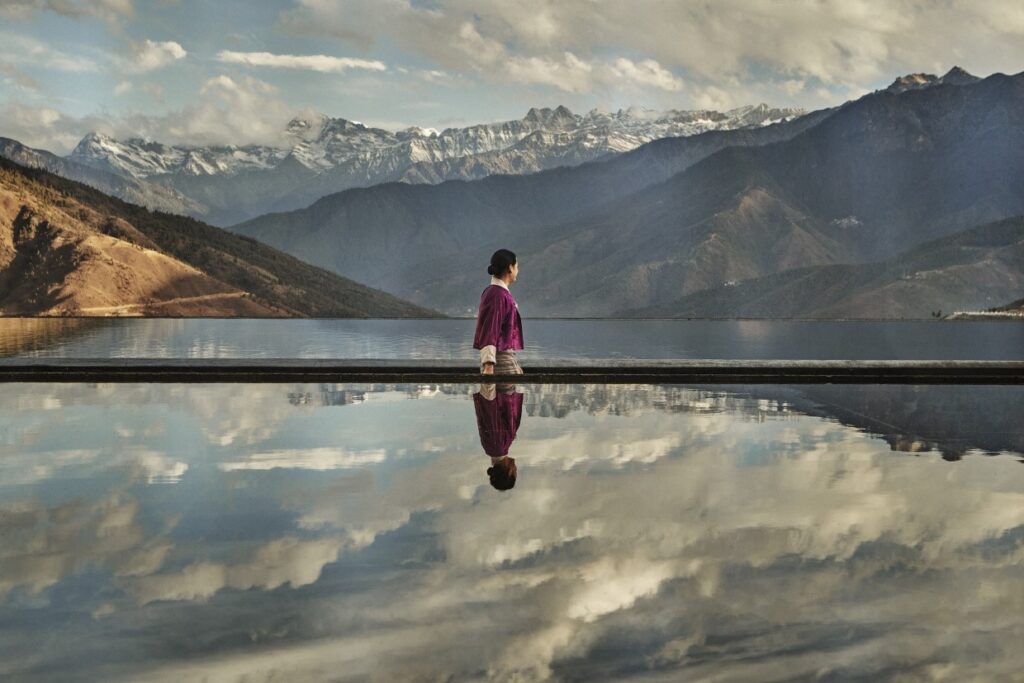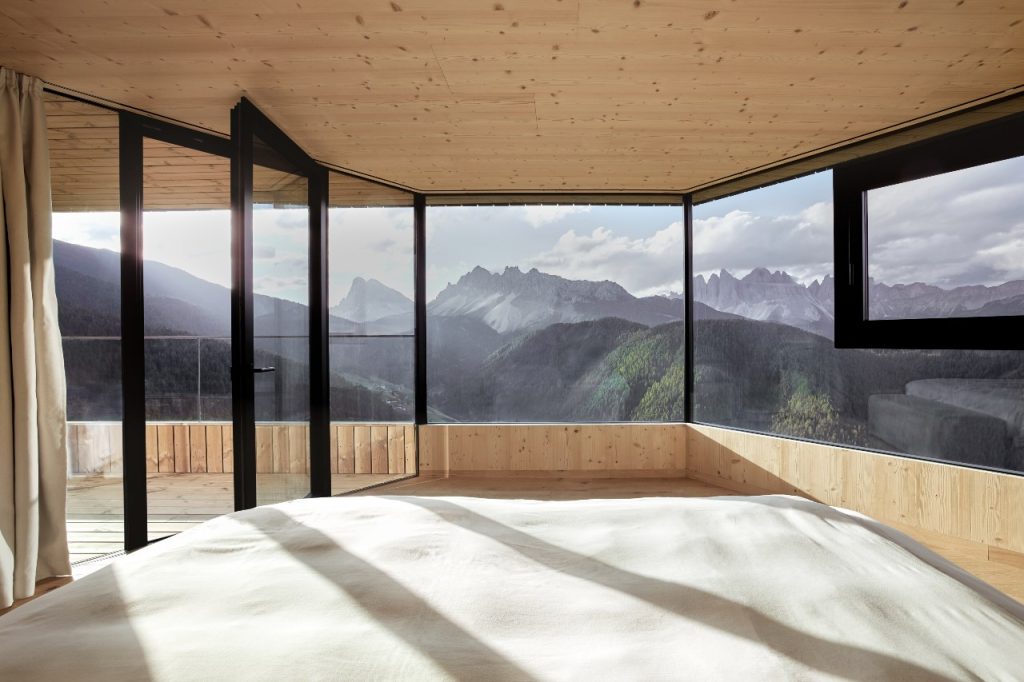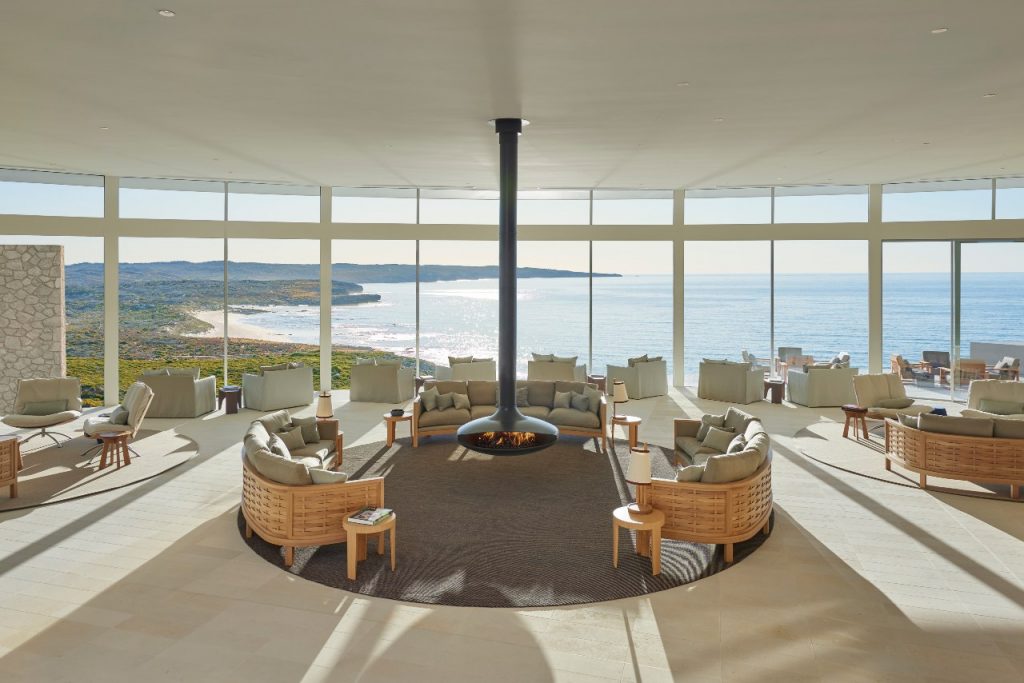Is this Central America’s most underrated destination?
Discovering Nicaragua’s many charms
Words by Ute Junker
Photos Hermes Rivera via Unsplash
There is no sleeping in in the city of Leon. Even for those nestled, as I am, behind the sheltering walls of a converted convent – walls thicker than anything built in the intervening three centuries – 7am is wake-up time. That is when a loud siren sounds across the town, rousing any sleepyheads and reminding them that it is time to get up and go to work. A second siren sounds at midday, announcing the arrival of lunchtime.
It is an odd ritual, redolent of life on a plantation. A local tells me the practice used to be common right across Nicaragua. Back when workers were too poor to afford clocks or watches, it ensured everyone got to work on time. Today, the only place it is still practiced is in Leon, which seems slightly odd, given that this is Nicaragua’s foremost student city. Perhaps it is the only way they can get students to show up for their morning lectures.
I have never come across a city-wide wake-up call anywhere else in the world, but then, Nicaragua is different. Central America’s poorest country has a lost-in-time feeling, with a laidback pace that has disappeared from most corners of the globe. The country does not feature on many must-visit lists, although its magnificent natural attractions, from soaring volcanoes and massive lakes to dense jungles and wonderfully-preserved colonial cities, should be drawing tourists in droves.
Unfortunately, Nicaraguan politics has long given the country bad press. A decade-long civil war, which began when the Sandinistas overthrew the corrupt dictator Anastasio Somoza, came to a peaceful end with the 1990 election, when the Sandinistas were defeated by the UNO coalition, led by Violeta Barrios de Chamorro. The story didn’t end there, however. Former Sandinista leader Daniel Ortega was elected president in 2007 and has clung to power ever since, in the face of ever-deepening opposition to his rule.
Despite its turbulent politics and its poverty – around 30 per cent of the population lives below the poverty line – Nicaragua can be an amazing place to visit. The small town charm of Leon, where I start my travels, belies its status as Nicaragua’s second-largest city. Low-slung houses line the narrow streets – in earthquake-prone Nicaragua, high-rise has never really taken off – painted parrot-bright in pink and blue, green and yellow. Horse-drawn carts jostle for space with cars, and farmers sit by the side of the road selling stacks of pineapples and mangoes, melons and apples.
Leon’s handful of tourist attractions includes a collection of contemporary Latin American art and the Galería de Héroes y Mártires, honouring Sandinista martyrs. Its biggest attraction – literally – is the cathedral. For a small fee, you can climb onto the roof and admire the best view in town; however, the most intriguing this about the cathedral is why such a small town needed such an overblown edifice. I ask my guide how Leon ended up with such a grand place of worship.
“They mixed up the plans,” he tells me with a shrug. “This one was meant to be built in Peru.”
I spend most of my time in Leon wandering the streets, admiring the (sometimes crumbling) colonial houses and churches and the colourful murals that festoon many walls, or sitting in squares watching the dramas of daily life unfold. In the evenings, I join the locals in restaurants where wooden shutters are folded back to allow in the balmy air, feasting on indio viejo (shredded meat with onions, garlic, sweet pepper and tomato) and gallo pinto, rice fried with onion and sweet pepper, served with red beans.
Leon is not the only place on my itinerary. Like most visitors, I have organised a car and driver to take me between destinations. My guide gives me an introductory tour in each new place that we visit. Then I strike off on my own.
I am delighted by how easy everything is. The roads are surprisingly good: the long-distance highways are in superb condition, although in some more remote locations, dirt roads make for a jarring trip. In the cities, boutique hotels are springing up are springing up in old convents or mansions built around leafy courtyard gardens. Nicaragua even has its own five-star resort, Mukul, which has attracted celebrity guests such as Michael Douglas and Matt Damon.
Celebrities aren’t the only ones in on the secret. I run into Japanese travellers at coffee plantations and at the country’s premier distillery, Flor de Caña, where I also discover the joys of 18 year old rum. I meet Americans hiking up volcanoes and trekking through jungles, and Britons kayaking on lakes. If I had made it to San Juan del Sur – the country’s premier surf spot – I’m told, I would have seen travellers in their dozens.
I skip the surfing, concentrating instead on the country’s magnificent lakes and forests. Standing on the shore of Lake Managua as waves roll in towards me, I feel as if I am on the edge of an ocean. Lake Managua may be impressive, but it is dwarfed by the massive Lake Nicaragua, which is about the same size as Puerto Rico. It is home to around 400 islands, including Ometepe, surmounted by twin volcanoes.
Volcanoes are a Nicaraguan speciality. The country has 19 of them, nine of which are active. At Masaya Volcano National Park, we are swathed in sulphur fumes as we stand on the rim of the crater known as the Mouth of Hell. Mombacho volcano, by contrast, is covered in a lovely cloud forest, where we spot monkeys and tiny orchids.
My favourite thing about Nicaragua, however, is the people. Despite the decades of turbulence, despite the country’s continuing poverty, they are optimistic and resourceful, and they find the funny side in everything, including politics. My guide tells me about a presidential in which one of the candidates was a corrupt former minister – wanted internationally on money laundering charges – who was surprised when he failed to garner any votes. My guide rolls his eyes. “We’re slow,” he says, “But we’re not that slow.”



